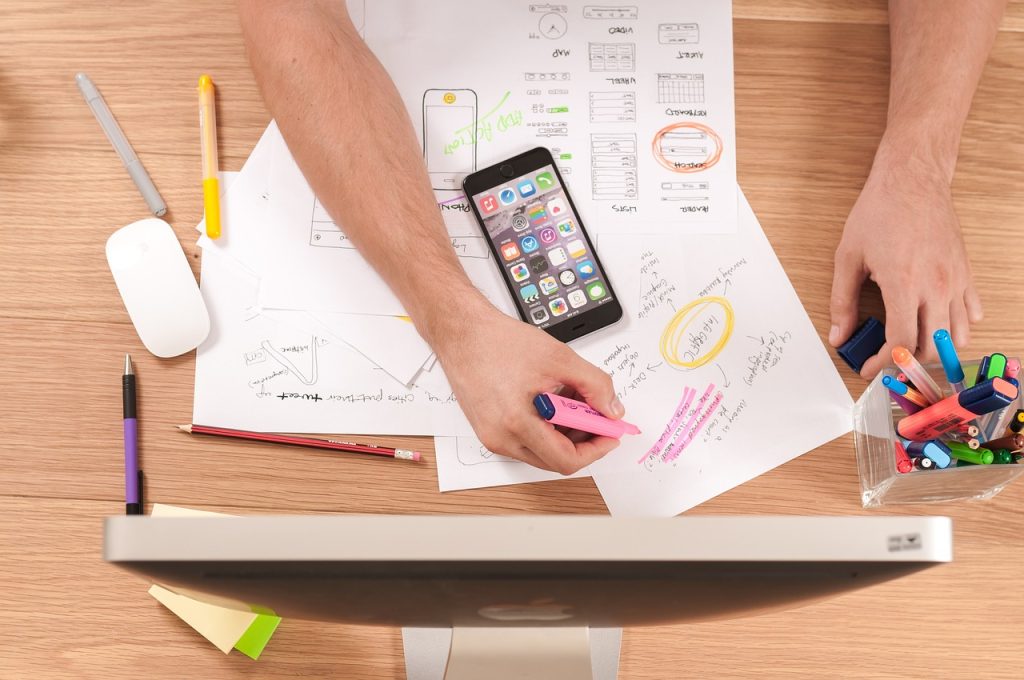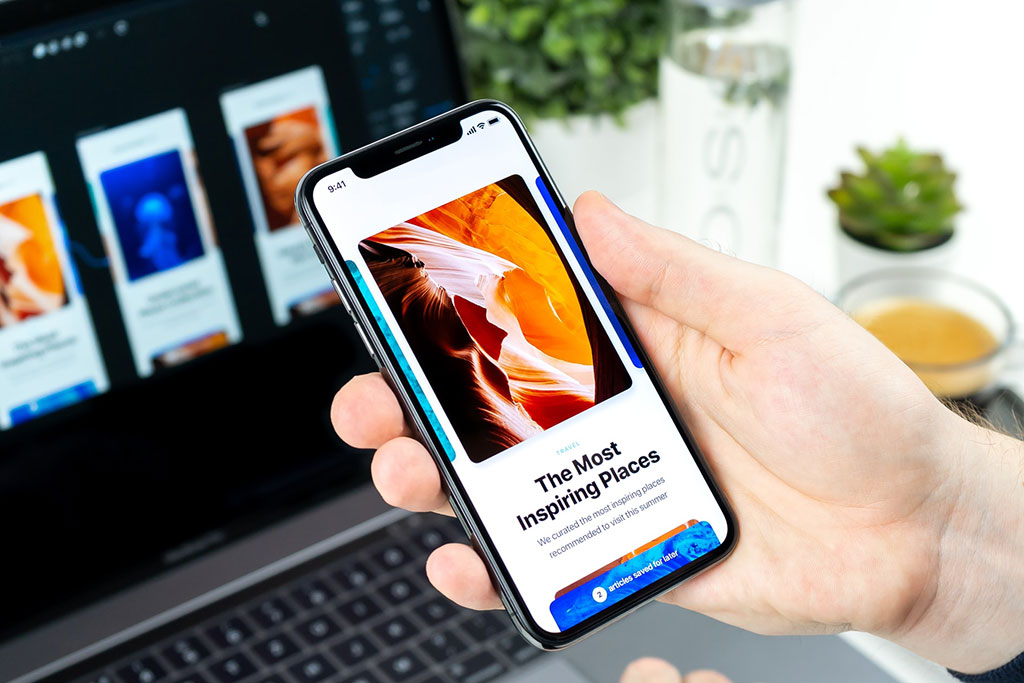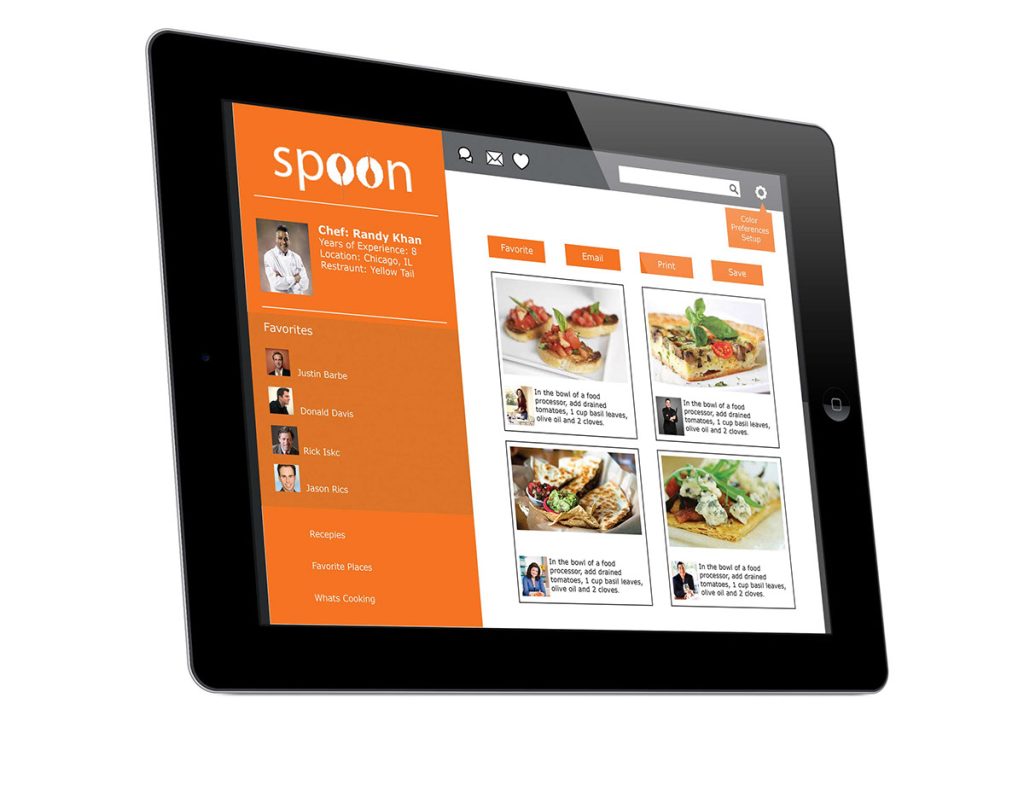
The first step to bringing a new product idea to reality starts with building a Minimum Viable Product (MVP). It’s fast, it’s intended, and it’s meant to test the features and feasibility before diving in full-scale. But there’s a common trap: in the rush to early launch, teams focus on features and functionality and neglect UX/UI design perspectives. The final result? A working MVP that users don’t understand, like, or trust.
The reality is, even the simplest product must feel accessible, intuitive, and engaging to fulfill its purpose and validate the concept with real users. That’s why UX/UI design has become an integral part of the MVP development life cycle. They don’t just make an MVP look better—they make it work better. In this blog, we explain why a user-focused UX/UI design is important to MVP success and how it can help transform your product from an experiment into a scalable solution that everyone loves.
What Is an MVP, and Why Does It Matter?

A Minimum Viable Product (MVP) is a stripped-down version of your product with just enough features to satisfy early users and provide feedback for future development. The MVP serves three main purposes:
-
- Validate assumptions about the product or market in a short period of time.
- Minimize cost and resources.
- Gain user insights and feedbacks for future iterations
However, no matter how lean your MVP is, it still competes for user attention. That’s where UX (User Experience) and UI (User Interface) design come in.
Why UX/UI Design Is Crucial in MVP Development
Great First Impression
When users interact with your MVP for the first time, their decision to stay or bounce is made in seconds. No matter how innovative your product is, a clunky interface or confusing layout can immediately erode trust. Good UI design—clear visuals, intuitive layouts, and consistent branding—makes your product feel more credible and user-friendly. This matters even more in an MVP, where you’re often introducing something unfamiliar or experimental.
Functionality Without Usability Is a Dead End
A feature only adds value if users can discover it, understand it, and use it effortlessly. That’s the job of UX. An MVP might have limited functionality by design, but every interaction should be clear, purposeful, and frustration-free. Without strong UX, users might abandon your product—not because your solution is wrong, but because the experience was poor.
Well-designed UX helps reduce friction, lower the learning curve, and ensure that users complete key actions like onboarding, searching, or sharing feedback—all of which are critical for learning and iteration.
Design Guides the User Journey
At the MVP stage, you’re not just launching a product—you’re telling a story. The interface should guide users through a carefully considered journey: understanding the product, trying it out, and giving feedback. UX design ensures that the journey flows logically and aligns with the goals of both the user and the business.
Every button, screen, and micro-interaction is a step in that journey. If done well, UX design helps create a sense of flow and momentum, leading users to your product’s core value proposition quickly and naturally.
User Feedback Is Only as Good as the Experience
One of the main purposes of an MVP is to learn from users. But if your design is inconsistent or confusing, the feedback you get will be skewed by frustration or misunderstandings. In contrast, a clean, thoughtful design allows users to focus on the core idea rather than the mechanics of using the product.
In short, UX/UI design increases the quality of user feedback by minimizing distractions and confusion. This gives your team clearer signals on what works, what doesn’t, and what to build next.
Design = Differentiation

In a crowded market, good design is a competitive advantage. Even at the MVP stage, users are comparing your product—consciously or not—to polished alternatives. A strong UI can make your MVP feel more complete and trustworthy, even if it’s technically still in progress.
Moreover, a distinctive, appealing design can help you stand out and build an early emotional connection with users. That’s something features alone rarely achieve.
Design Supports Scalability
Investing in UX/UI design early on sets a strong foundation for growth. MVPs often evolve into full-featured products, and design systems built from the start help avoid costly rework later. Scalable design patterns, clear style guides, and consistent interaction models all support faster development and easier iteration as your product matures.
UX/UI Design Process for MVPs
Here’s how design fits into the MVP development process:
Step 1: User Research and Persona Creation
Understanding your target audience is the first step. Interviews, surveys, and competitor analysis help identify user needs, pain points, and behaviors.
Step 2: Wireframing and Prototyping
With insights in hand, designers create low-fidelity wireframes to map out user flows. High-fidelity prototypes follow, allowing for early testing and feedback without writing code.
Step 3: Usability Testing
Real users interact with your design, revealing friction points and areas for improvement. This testing can happen before launch or alongside an early MVP release.
Step 4: Iteration Based on Feedback
Design is never done—especially in an MVP. Feedback loops allow the team to refine layouts, buttons, flows, and content to better serve users.
Common Pitfalls and How to Avoid Them
While there are benefits of using an intuitive and engaging UX/UI for your MVP, there are a few pitfalls that we need to avoid in order to deliver the maximum results to the users, including:
- Designing with Limited Resources: Avoid utilizing full resources in the design, but use limited resources just to design the most important features and visual elements.
- Over-Designing the MVP: Avoid spending too much time on visuals for a product that’s still in discovery mode.
- Neglecting UX for Speed: Launching fast doesn’t mean launching poorly. Prioritize core user features.
- Designing in a Vacuum: Involve real users in the design process to gather feedback early and often.
Real-World Insight: Airbnb’s MVP
Airbnb started with a basic website where people could rent out air mattresses. While the functionality was limited, the UX was thoughtful: simple search, clear images, and frictionless booking. The clean UI built trust in a new and unfamiliar concept. Today, that MVP foundation still informs the design language of the full platform.
Best Tools for UX/UI in MVPs
While there are tons of tools for UX/UI development for an MVP, most developers prefer to use the following tools due to their simplicity and easy-to-use platform:
- Figma: Collaborative design and prototyping
- Sketch: Vector-based design tool
- Maze: User testing and feedback
- Hotjar: Heatmaps and behavior analytics
- Notion/Miro: For brainstorming and user journey mapping
Conclusion: Invest in UX/UI Early
Even the leanest MVP benefits immensely from thoughtful UX/UI design. It helps users understand, engage, and give meaningful feedback—which is the whole point of an MVP in the first place. A polished interface and a smooth experience aren’t just for “later stages”—they’re key to proving your concept now.
Whether you’re a startup founder or part of a product team, investing in UX/UI design early on can help you validate faster, iterate smarter, and grow stronger.
Also Read: Agile Vs Waterfall